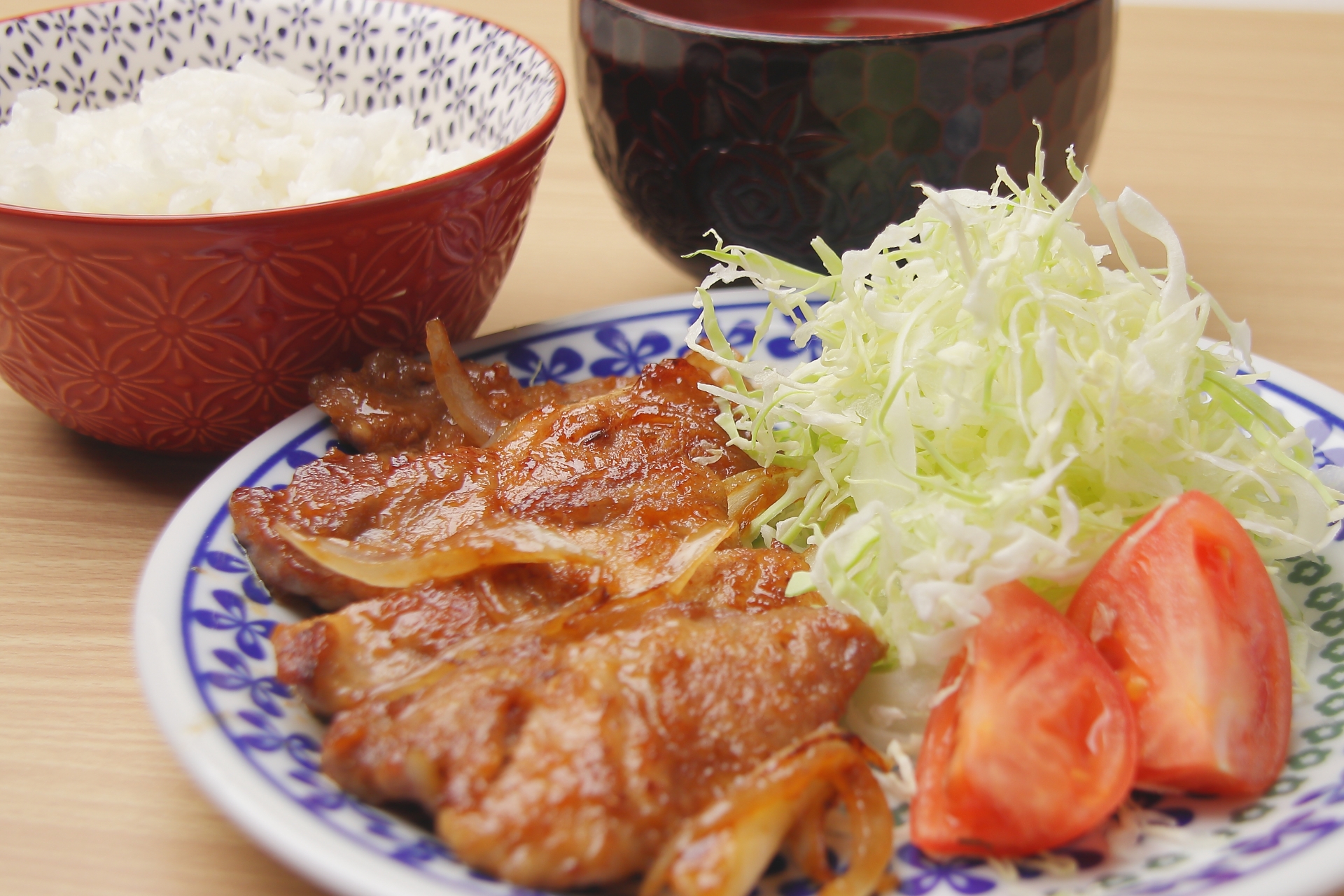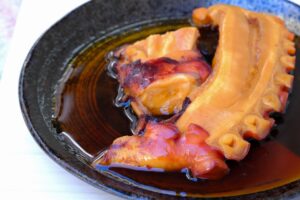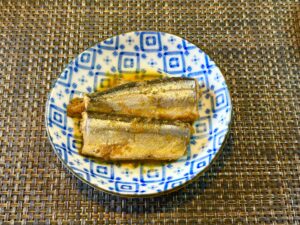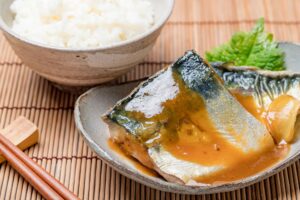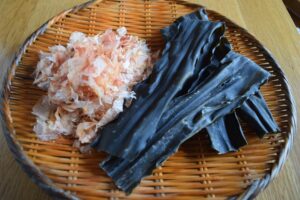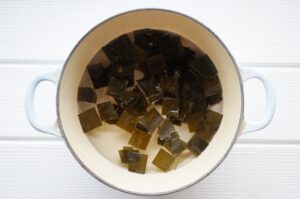Ginger pork, known in Japan as shogayaki, is a classic home-cooked dish loved for its tender pork slices and savory-sweet ginger sauce. This article explores the origins of ginger pork, how it’s prepared, cultural background, health benefits, and creative serving ideas so you can enjoy this staple of Japanese cuisine at home.
What Is Ginger Pork?
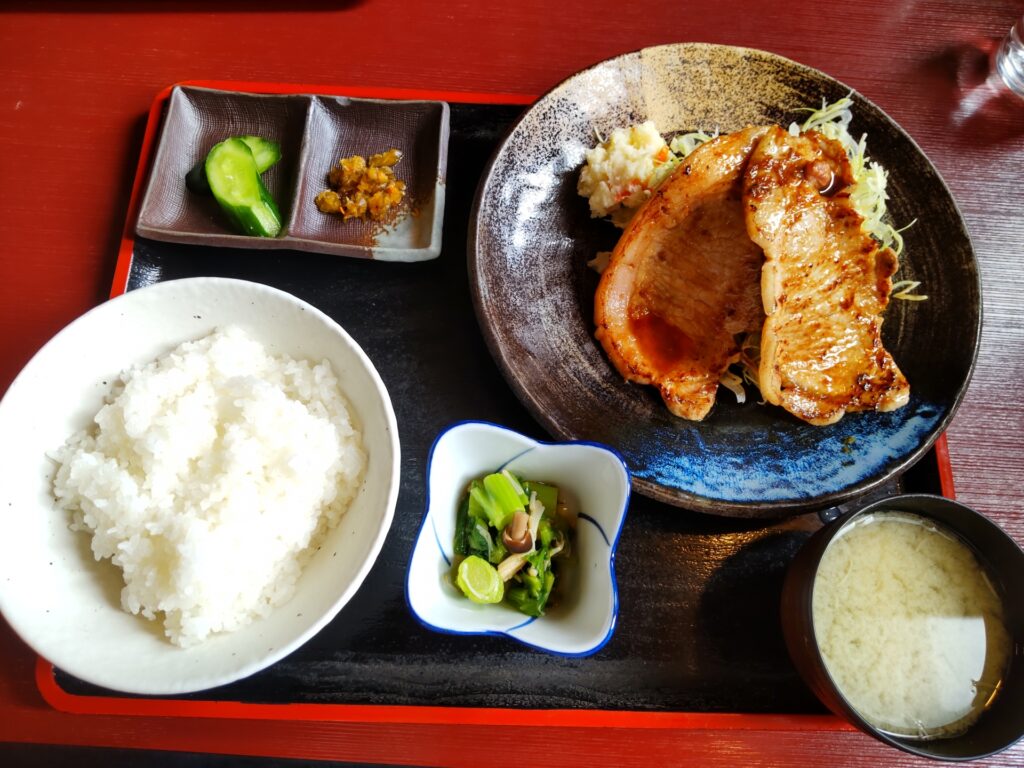
Ginger pork, known in Japanese as shogayaki (甘姜焼き), literally means “ginger-grilled.” It is a beloved staple of Japanese home cooking and casual restaurant menus, featuring thinly sliced pork simmered or quickly seared in a savory-sweet ginger sauce. The dish has a rich umami base from soy sauce and mirin, balanced with the brightness of freshly grated ginger and a touch of sugar. The result is a mouthwatering blend of salty, sweet, and sharp gingery notes that pairs perfectly with steamed rice.
Shogayaki is particularly popular for lunch sets (teishoku) and is considered comfort food for many Japanese households. Whether served in bento boxes or as a main course, its simplicity and satisfying flavor profile make it a go-to meal. While the dish may appear humble, mastering the perfect sauce balance and pork texture is an art cherished by home cooks and chefs alike.
History and Cultural Significance
Shogayaki’s roots trace back to the post-World War II era, a time when meat consumption in Japan began to rise with increasing Western influence. As pork became more accessible, Japanese cooks began exploring new ways to prepare it, drawing from traditional flavor profiles. Ginger, long used in Japanese cuisine for its pungent flavor and medicinal properties, became a natural pairing.
It is also said that the dish originated in the 1940s from a restaurant in Ginza called “Zenigata,” further popularizing it in Tokyo and surrounding regions.
By the 1950s and 60s, shogayaki had emerged as a popular menu item in homes and small eateries, especially in shokudo (casual diners) and lunch counters. Its ease of preparation and satisfying flavor made it an ideal dish for working families. Over time, it earned a permanent place in the Japanese culinary canon, often served during warmer months when ginger’s invigorating qualities are believed to help stimulate the appetite.
Today, ginger pork represents the essence of Japanese yōshoku (Western-influenced Japanese food), blending traditional ingredients with modern home-cooking techniques. It remains a nostalgic favorite among many Japanese expatriates and is gaining popularity abroad thanks to its balance of flavor and simplicity.
Key Ingredients and Best Pork Cuts
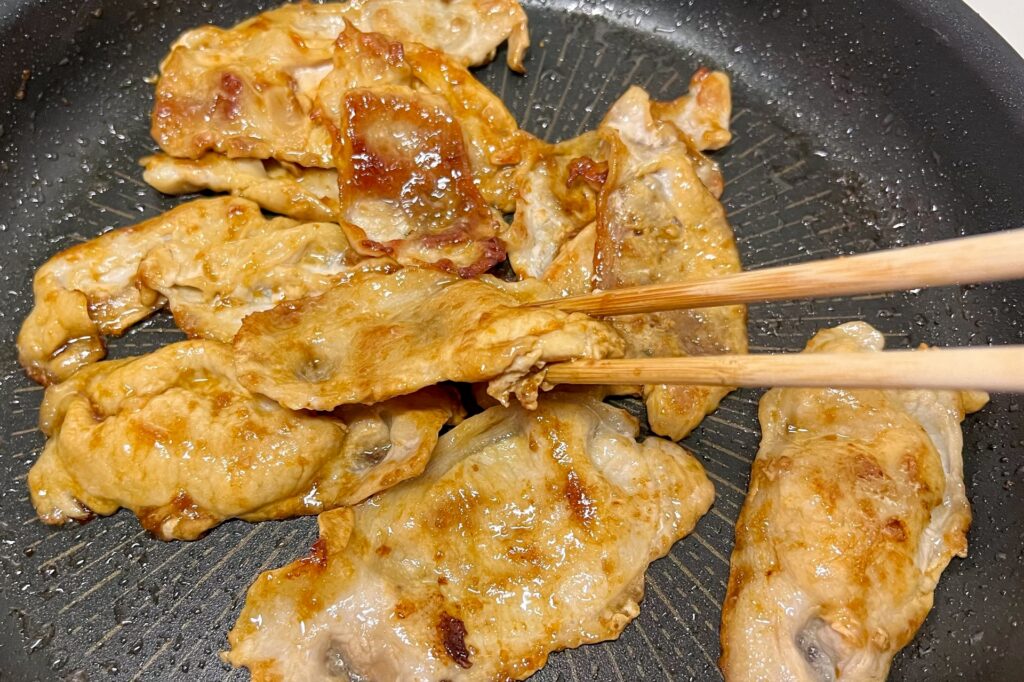
The core ingredients of ginger pork are:
- 300g thinly sliced pork loin or shoulder
- 1 tablespoon freshly grated ginger
- 2 tablespoons soy sauce
- 2 tablespoons mirin (sweet rice wine)
- 1 tablespoon sake (optional)
- 1 teaspoon sugar or honey
- 1/4 onion (optional, finely sliced for added sweetness and aroma)
Ginger plays a dual role—it adds a sharp, aromatic flavor and offers digestive and anti-inflammatory benefits. When grated fresh, it releases a juicy, spicy essence that forms the heart of the dish’s signature sauce.
As for pork, the best cuts are:
- Pork loin (rosu): Lean and tender, commonly used for shogayaki.
- Pork shoulder (kata rosu): Slightly fattier, offering a richer flavor and juicier texture.
For those outside Japan, pork chops (sliced thin) or pork steaks can be used as alternatives. Thin slicing is key for quick cooking and full sauce absorption. If thin cuts aren’t available, consider freezing pork slightly before slicing for more control.
How to Make Ginger Pork at Home
To make authentic ginger pork:
- Slice the pork as thin as possible, ideally across the grain for tenderness.
- Prepare the sauce: Mix freshly grated ginger, soy sauce, mirin, sake, and sugar.
- Marinate the pork briefly (10–20 minutes) in half the sauce mixture.
- Sear the pork in a hot pan until slightly browned.
- Add the rest of the sauce and cook until the liquid thickens and coats the pork.
Grating Ginger for Optimal Flavor
Choose firm, fresh ginger. Peel it thinly with a spoon or knife and grate using a fine grater or traditional oroshigane. This yields a juicy paste while minimizing fibrous texture. Discard stringy bits and use only the pulpy liquid for a smoother sauce.
Common Mistakes to Avoid
- Overcooking: Thin pork cooks quickly; overcooking leads to dryness.
- Too much ginger: Can overpower the dish. Use about 1 tablespoon per 300g pork.
- Not tasting the sauce: Balance sweetness and saltiness before adding to the pan.
Cooking Tips for Authentic Flavor
- Marinate Time: 10–20 minutes is ideal. Too long can make the meat too salty.
- Heat Control: Medium-high heat for searing helps achieve caramelization without drying out the pork.
- Sauce Balance: Aim for a ratio of 2:2:1 (soy sauce: mirin: sake/sugar). Adjust based on taste.
Allow the sauce to simmer and thicken slightly before serving. For extra depth, add a splash of dashi stock or a bit of grated onion.
Variations and Serving Ideas
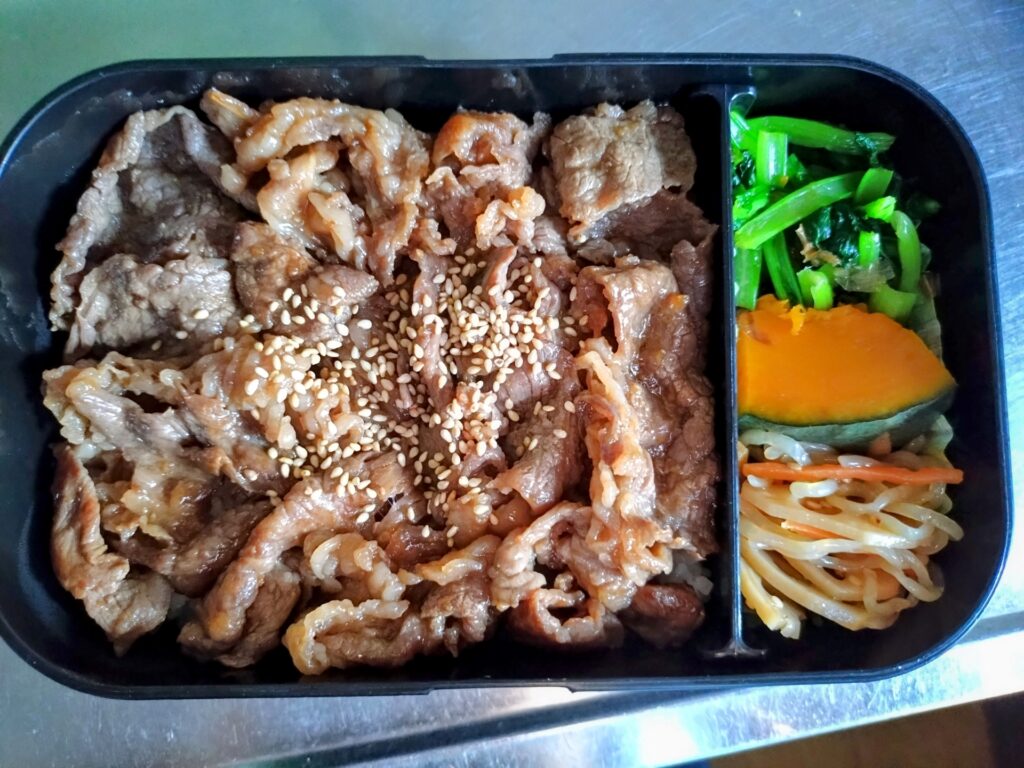
Creative Leftover Ideas
- Sandwich: Add to toasted bread with lettuce and mayo.
- Bento: Cools well and maintains flavor.
- Pasta: Mix into soba or spaghetti with extra sauce.
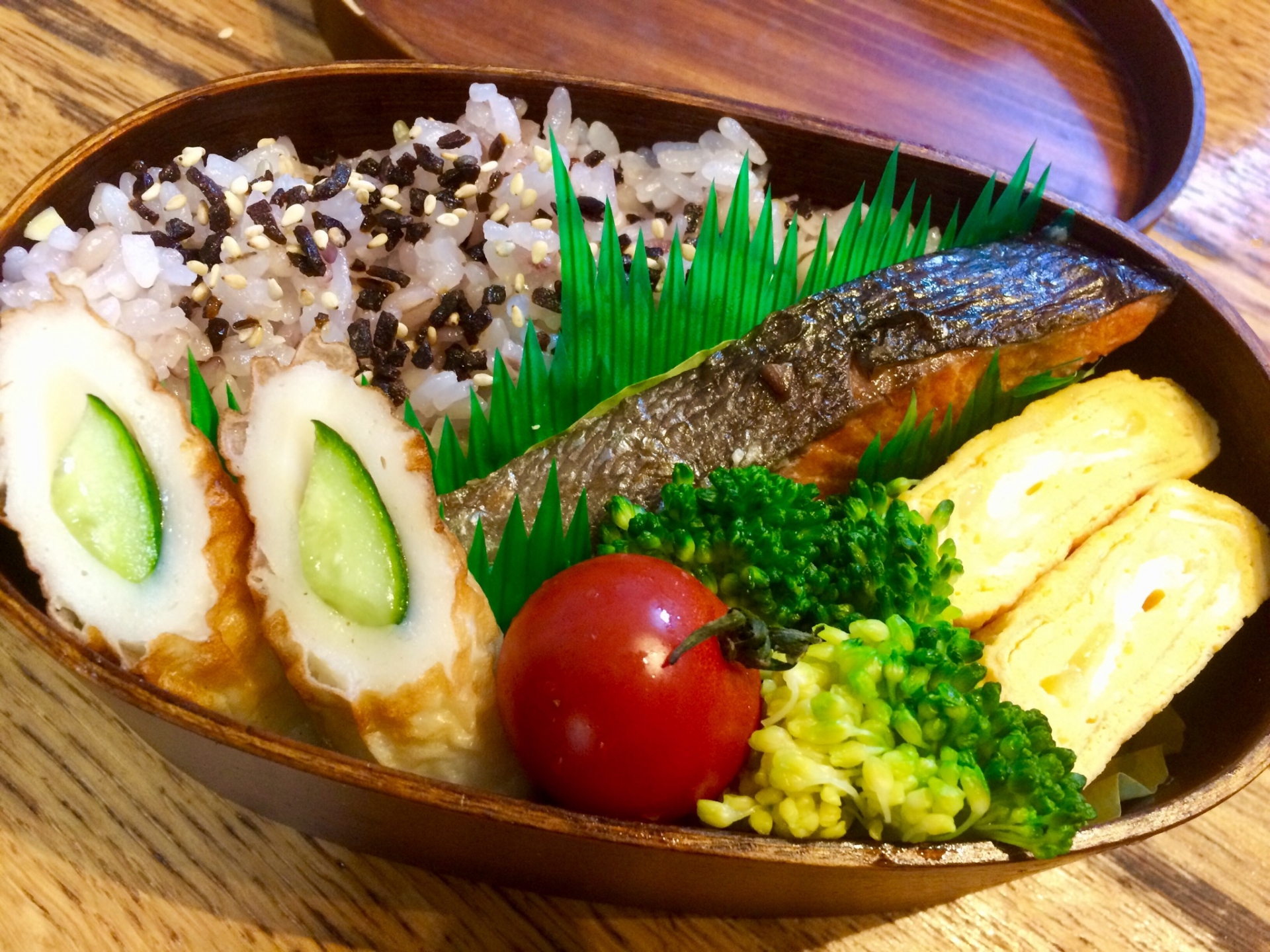
Nutritional Information and Health Benefits
| Nutrient (per serving) | Amount |
| Calories | ~350 |
| Protein | 25g |
| Fat | 18g |
| Carbohydrates | 12g |
| Sodium | ~800mg |
Health Highlights
- Protein: Pork is rich in high-quality protein for muscle repair.
- Ginger: Anti-inflammatory and aids digestion.
- Lowering sodium: Use reduced-sodium soy sauce or add water to dilute.
For a lighter version, grill instead of pan-frying, reduce sugar, and serve with a salad or whole grains.
FAQs About Ginger Pork
What does ginger pork taste like? It’s savory, mildly sweet, and zesty from the fresh ginger—a balance of umami and spice.
Is ginger pork Japanese or Chinese? Ginger pork (shogayaki) is a Japanese dish, distinct from Chinese-style ginger pork stir-fries.
What cut of pork is best for ginger pork? Thinly sliced pork loin or shoulder offers the best texture and flavor.
How do you make ginger pork sauce? Mix grated ginger, soy sauce, mirin, sugar, and optionally sake or onion.
Is ginger pork healthy? Yes, especially when grilled or made with lean cuts. Ginger adds anti-inflammatory benefits.
Conclusion
Ginger pork, or shogayaki, is more than just a dish—it’s a representation of Japanese home cooking at its finest. With its simple ingredients and bold flavor, it’s an easy and satisfying meal for both weeknight dinners and nostalgic cravings. Whether you’re new to Japanese cuisine or a longtime fan, this dish is a must-try.

